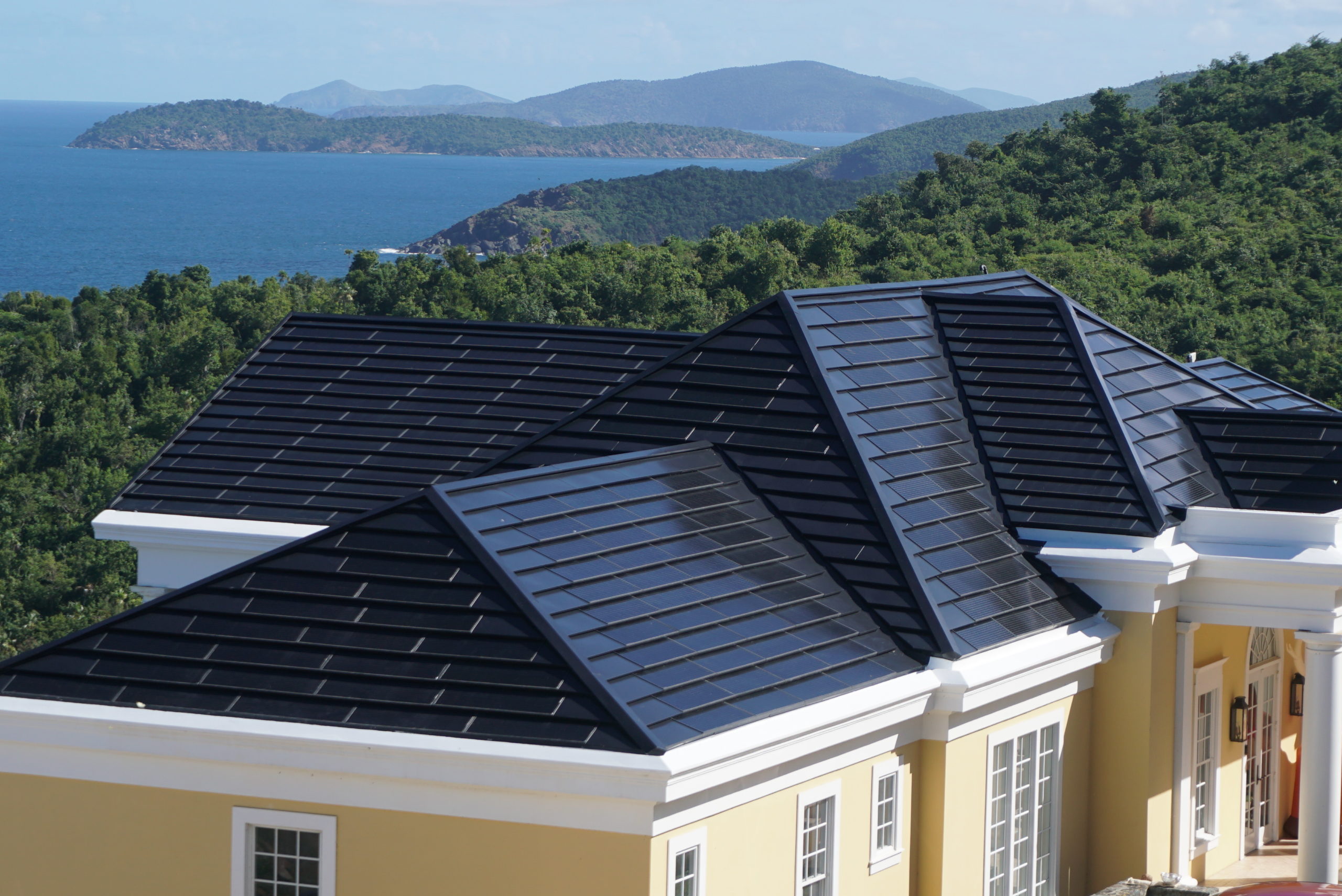Imagine a roof that not only protects your home from the elements but also generates clean energy to power it. Welcome to the world of solar roof tile. This innovative technology is transforming the way we think about energy and home design, combining aesthetics with sustainability. In this article, we’ll explore the many facets of solar roof tiles, from their technology to their benefits, and why they might just be the perfect solution for your home.
What Are Solar Roof Tiles?
Solar roof tiles, also known as solar shingles, are roofing materials that integrate photovoltaic (PV) cells within traditional roofing tiles. These tiles capture sunlight and convert it into electricity, just like traditional solar panels. However, unlike bulky solar panels that sit on top of your roof, solar roof tiles blend seamlessly with your existing roofing material, maintaining the aesthetic appeal of your home.
The Evolution of Roofing
The journey of roofing materials has been long and varied, from thatched roofs in ancient times to the ceramic and asphalt shingles commonly used today. Solar roof tiles represent the latest innovation in this evolution, offering a modern solution that meets both energy and design needs. They signify a leap from mere protection against weather to becoming an active part of the home’s energy system.
How Solar Roof Tiles Work
The science behind solar roof tiles is fascinating. Each tile contains photovoltaic cells made from semiconductor materials, typically silicon. When sunlight strikes these cells, it excites electrons, creating an electric current. This current is then collected and converted into usable electricity through an inverter, which can power your home or be fed back into the grid.
Aesthetic Appeal
One of the standout features of solar roof tiles is their aesthetic versatility. They are available in various designs and colors, allowing homeowners to choose options that complement their home’s architectural style. Whether you prefer a sleek, modern look or a classic design, there’s a solar roof tile to match your taste.
Environmental Benefits
Solar roof tiles offer significant environmental benefits. By harnessing renewable energy from the sun, they reduce reliance on fossil fuels, thereby lowering greenhouse gas emissions. Installing solar roof tiles is a step towards a more sustainable lifestyle, contributing to the global effort to combat climate change.
Financial Advantages
While the initial investment in solar roof tiles can be substantial, the long-term financial benefits are considerable. Homeowners can expect reduced electricity bills and, in some cases, the ability to sell excess power back to the grid. Additionally, many governments offer tax incentives and rebates for installing solar energy systems, further offsetting the initial costs.
Durability and Lifespan
Solar roof tiles are built to last. They are designed to withstand harsh weather conditions, from heavy rain to high winds and hail. Most manufacturers offer warranties that span 25-30 years, ensuring that these tiles provide reliable service for decades.
Installation Process
Installing solar roof tiles is a complex process that typically requires professional assistance. The installation involves removing existing roofing material, laying down new underlayment, and carefully placing and connecting each solar tile. Despite the complexity, a professional installation ensures optimal performance and longevity of the system.
Maintenance
Maintaining solar roof tiles is relatively straightforward. Regular cleaning to remove dirt and debris ensures that the tiles can efficiently capture sunlight. Periodic inspections can help identify and address any potential issues before they become significant problems.
Energy Efficiency
Solar roof tiles are highly efficient, capable of generating a significant portion of a household’s energy needs. Their efficiency depends on various factors, including geographic location, roof orientation, and local weather conditions. Combining solar roof tiles with a battery storage system can further enhance energy independence by storing excess power for use during cloudy days or at night.
Comparing Solar Roof Tiles to Traditional Solar Panels
While both solar roof tiles and traditional solar panels serve the same primary function—generating electricity from sunlight—they differ in several key ways. Solar roof tiles are more aesthetically pleasing and integrate seamlessly with the roof structure. However, traditional solar panels are generally more efficient and less expensive to install. The choice between the two often comes down to individual preferences and priorities.
Case Studies
Many homeowners around the world have successfully installed solar roof tiles, reaping both aesthetic and energy benefits. For instance, in California, a state known for its sunshine and high energy costs, solar roof tiles have become a popular choice. Homeowners report significant reductions in their electricity bills and a boost in property values.
Challenges and Limitations
Despite their many advantages, solar roof tiles are not without challenges. High upfront costs can be a barrier for some homeowners. Additionally, their efficiency can be affected by shading from nearby trees or buildings. Technological advancements and increasing adoption rates are gradually addressing these limitations.
The Future of Solar Roof Tiles
The future of solar roof tiles looks bright. Ongoing research and development are leading to more efficient, durable, and cost-effective solutions. As the demand for renewable energy continues to grow, solar roof tiles are expected to become a common feature in homes around the world.
Solar roof tiles represent a perfect blend of functionality and aesthetics, offering a sustainable and stylish way to power your home. By embracing this innovative technology, homeowners can enjoy the dual benefits of reduced energy costs and a smaller carbon footprint. It’s time to light up your life, literally, with solar roof tiles.
